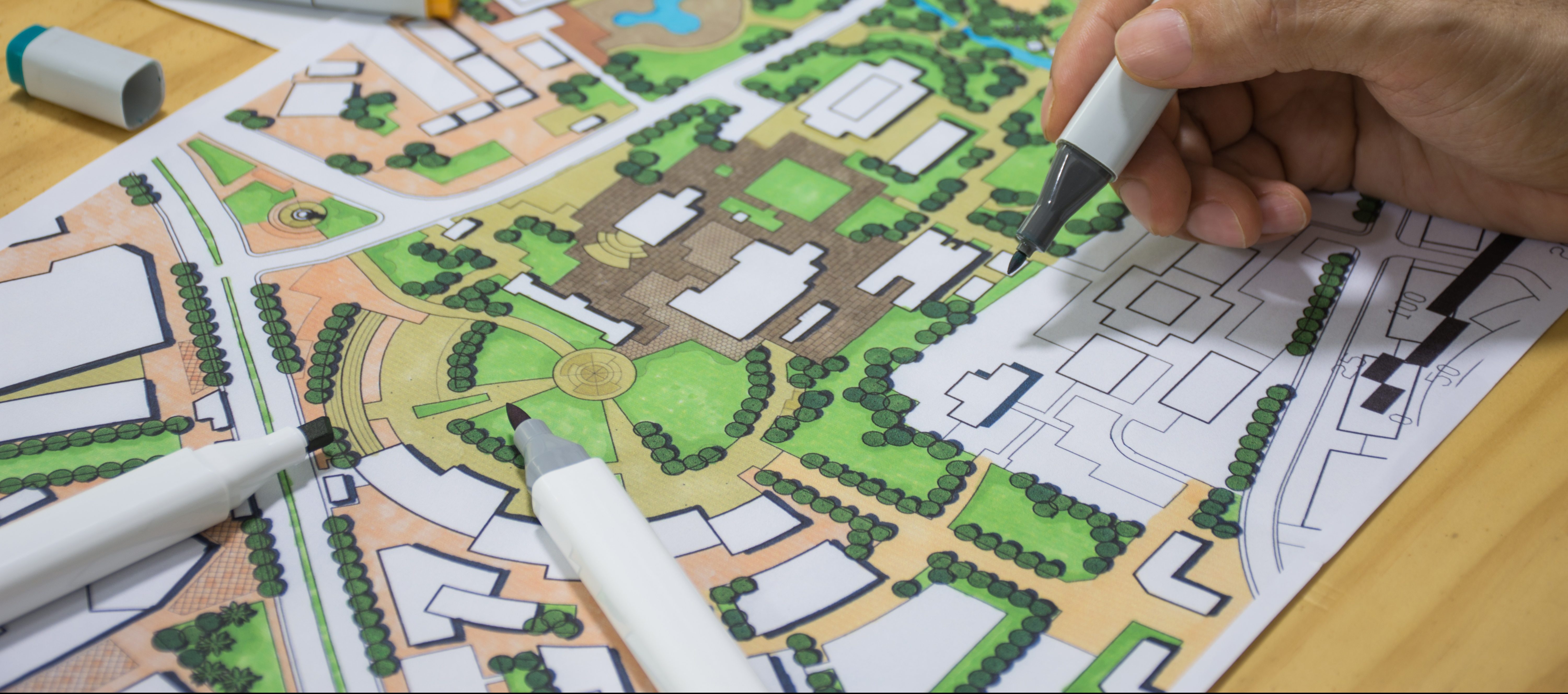Revised NPPF Consultation: A Push for Development and Economic Growth
The UK Government yesterday published a revised version of the National Planning Policy Framework (NPPF) for consultation. The NPPF applies only to England.
The revisions form part of the Government’s drive to speed up development, in particular house-building (and the Government’s target of 1.5 million homes in the next 5 years) but also infrastructure such as renewables. Gone are the references to “beautiful” places, which was always a subjective approach anyway. The revisions also more bluntly push for development and “sustained economic growth”.
The consultation also now defines the new term ‘Grey belt’: “For the purposes of Plan-making and decision-making, grey belt is defined as land in the Green Belt comprising Previously Developed Land and any other parcels and/or areas of Green Belt land that make a limited contribution to the five Green Belt purposes (as defined in para 140 of this Framework) but excluding those areas or assets of particular importance listed in footnote 7 of this Framework (other than land designated as Green Belt).”
References to nature recovery are combined with access to amenity green space, which are not necessarily the same. For example, the Government says they will “bolster the environmental requirements that are already in place for new developments, such as Biodiversity Net Gain, by setting out additional requirements including an objective for new residents to be able to access good quality green spaces within a short walk of their homes.”
There is a sprinkling of references to Local Nature Recovery Strategies, and alarmingly the Government asks “whether additional exclusions [from the grey belt definition] are necessary, such as areas identified in draft or published Local Nature Recovery Strategies, that could become of particular importance for biodiversity.”
Areas of Outstanding Natural Beauty (AONBs) will now be called ‘National Landscapes’. The draft NPPF is updated to reflect this change in terminology.
The specific changes to the NPPF include:
- a. make the standard method for assessing housing needs mandatory, requiring local authorities to plan for the resulting housing need figure, planning for a lower figure only when they can demonstrate hard constraints and that they have exhausted all other options;
- b. reverse other changes to the NPPF made in December 2023 which were detrimental to housing supply;
- c. implement a new standard method and calculation to ensure local plans are ambitious enough to support the Government’s manifesto commitment of 1.5 million new homes in this Parliament;
- d. broaden the existing definition of brownfield land, set a strengthened expectation that applications on brownfield land will be approved and that plans should promote an uplift in density in urban areas;
- e. identify grey belt land within the Green Belt, to be brought forward into the planning system through both plan and decision-making to meet development needs;
- f. improve the operation of ‘the presumption’ in favour of sustainable development, to ensure it acts an effective failsafe to support housing supply, by clarifying the circumstances in which it applies; and, introducing new safeguards, to make clear that its application cannot justify poor quality development;
- g. deliver affordable, well-designed homes, with new “golden rules” for land released in the Green Belt to ensure it delivers in the public interest;
- h. make wider changes to ensure that local planning authorities are able to prioritise the types of affordable homes their communities need on all housing development and that the planning system supports a more diverse housebuilding sector;
- i. support economic growth in key sectors, aligned with the Government’s industrial strategy and future local growth plans, including laboratories, gigafactories, datacentres, digital economies and freight and logistics – given their importance to our economic future;
- j. deliver community needs to support society and the creation of healthy places; and
- k. support clean energy and the environment, including through support for onshore wind and renewables.
The consultation is open until 24 September 2024. CIEEM will be responding to the consultation with input from our policy groups. If you would like to comment on the revised NPPF or contribute to our consultation response, please get in touch with the policy team at policy@cieem.net.
